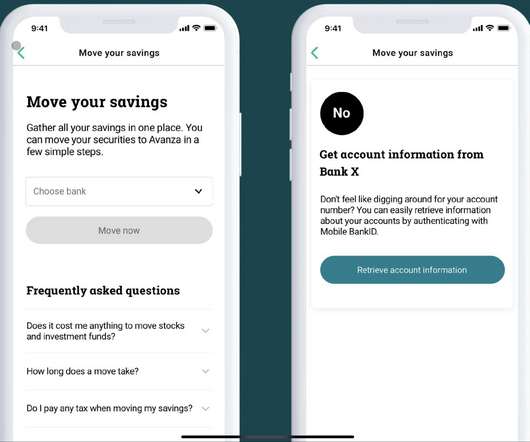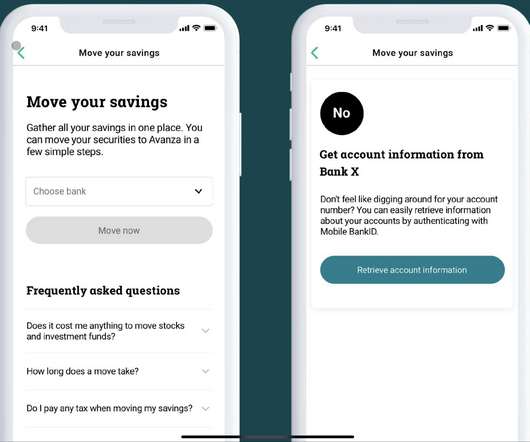Conducting an exam-proof AML/CFT risk assessment for credit unions
Abrigo
MARCH 24, 2023
Step two Identify inherent risk vs. residual risk Inherent risk is any activity or factor posed to the credit union, notwithstanding applying any management or risk mitigation tools. This example is a situation with a "high" inherent risk and "strong" mitigating controls.














Let's personalize your content